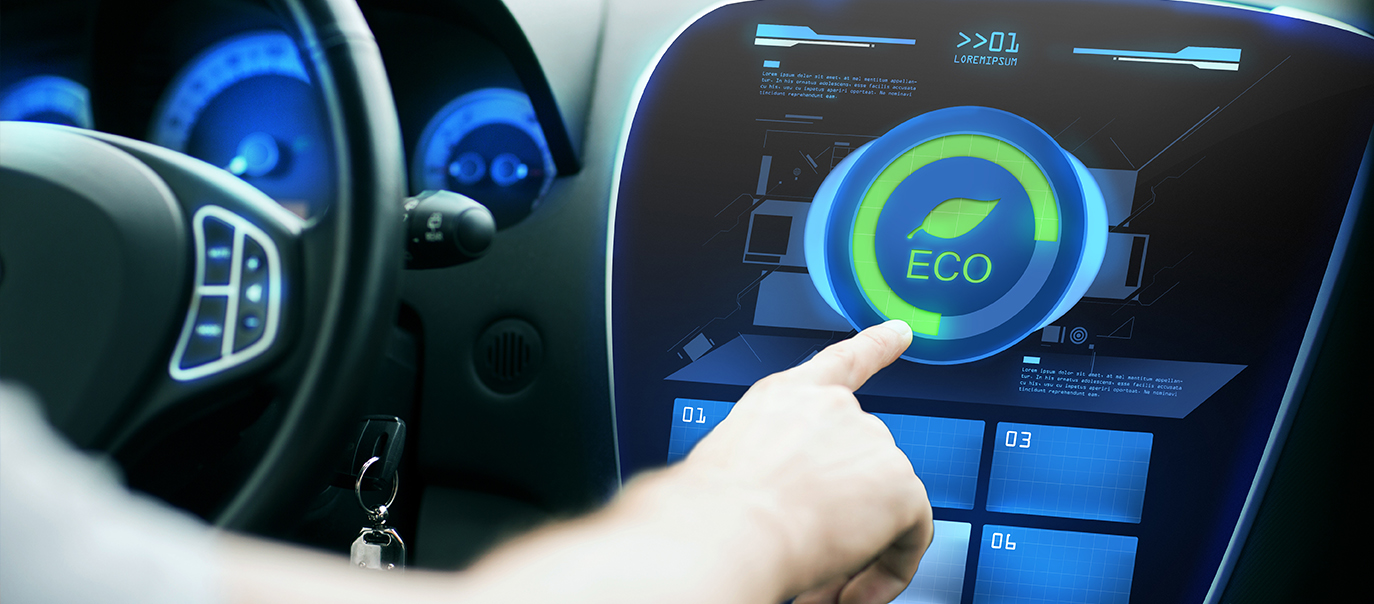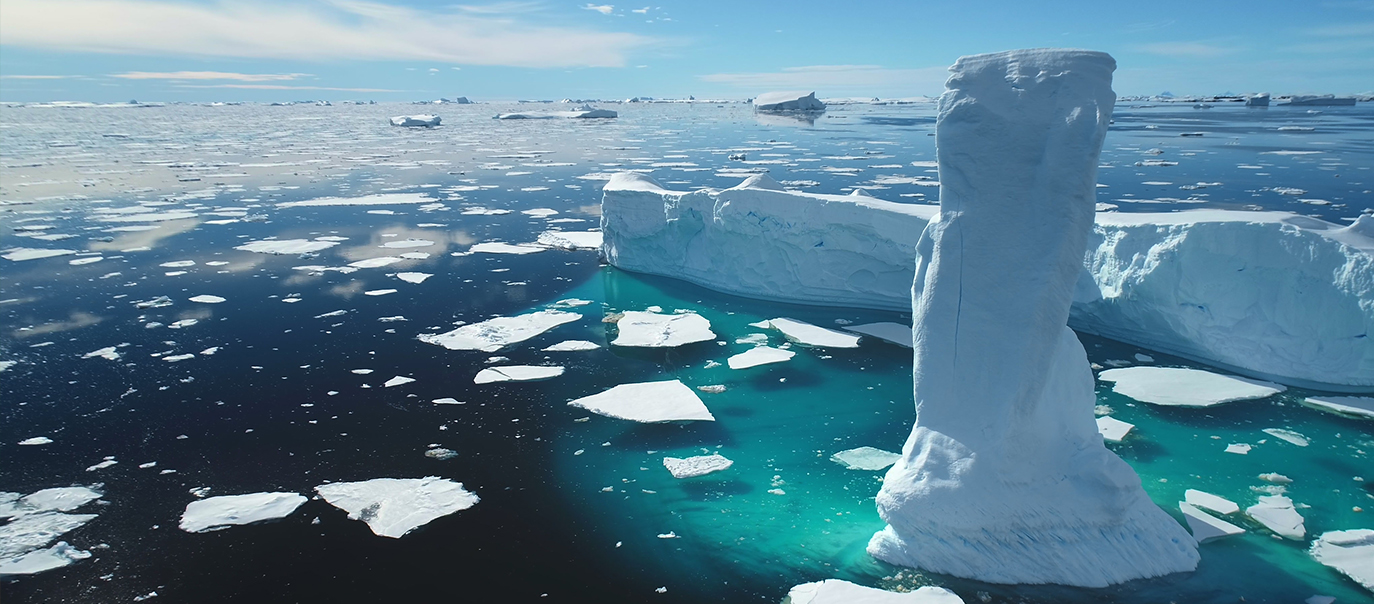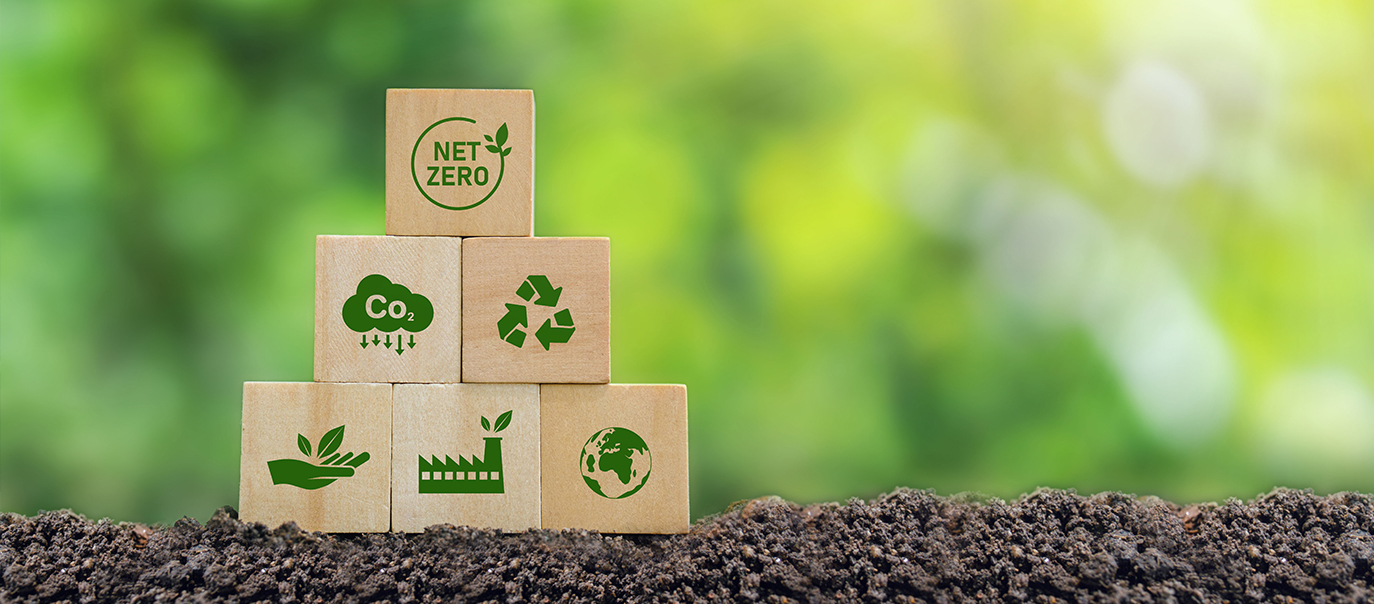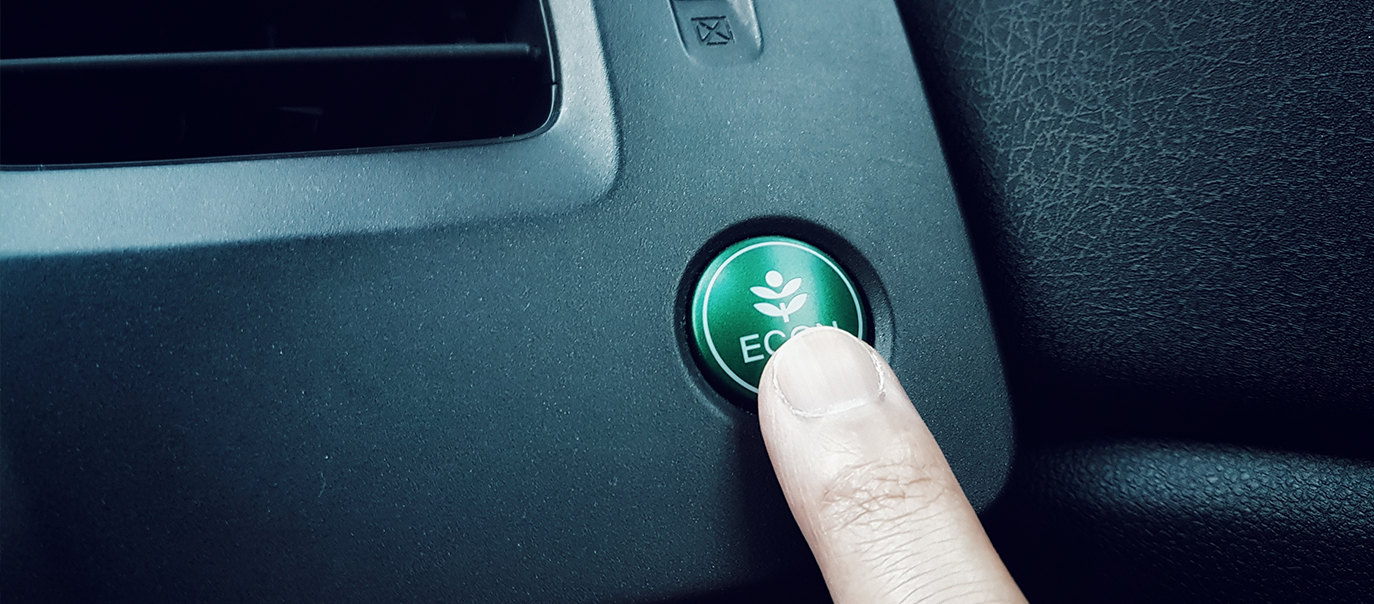Introduction
With around 40,000 instructors on the DVSA register, imagine the impact if we all taught eco-driving. Small changes like smoother acceleration and better anticipation can cut costs, improve safety, and reduce emissions. Here’s how I made my business more sustainable, and why it matters for our industry – Vicky Folland
This included blood pressure, heart rate, body mass index and blood tests, plus advice on fitness, a stop smoking campaign and diabetes awareness. It was a great opportunity to raise awareness as not many of us really stop to think about our own health, never mind thinking about getting a check up.









Share This: